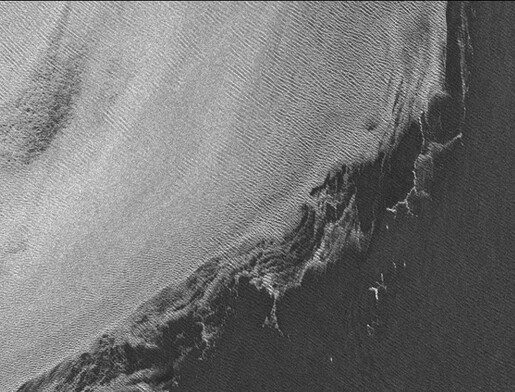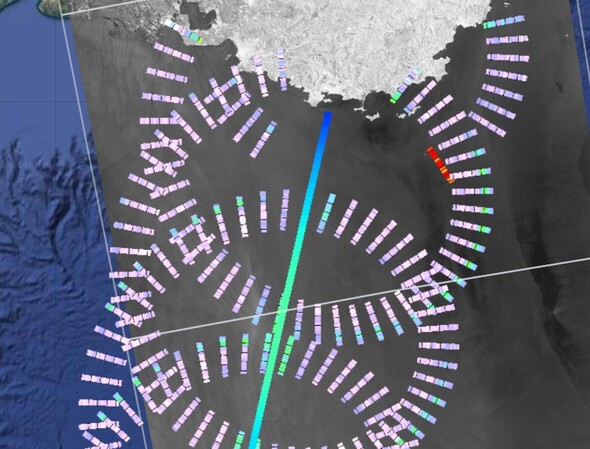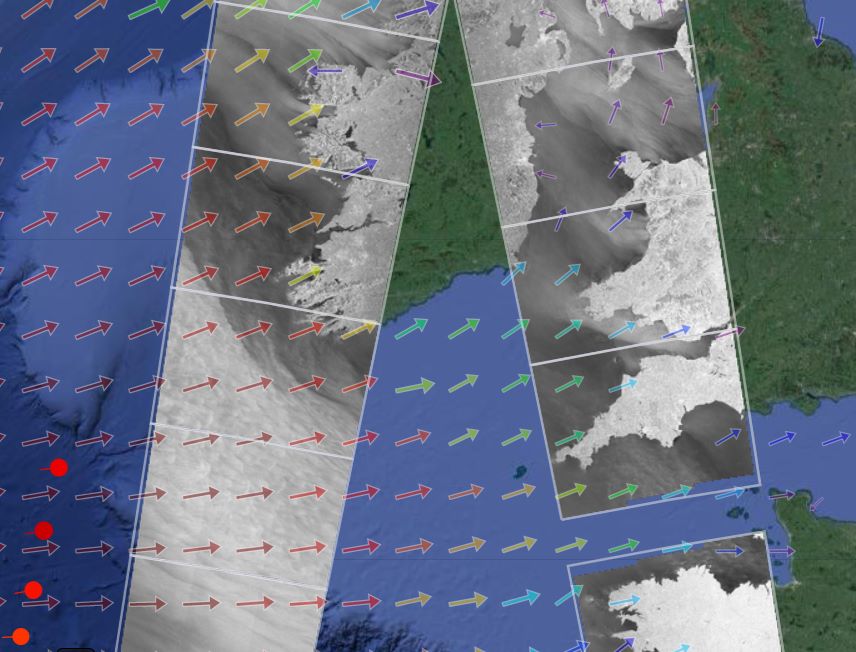Towards a better understanding of ocean from space
Processing ocean swell, ice waves, and coastal waves using SAR images.
The SARWAVE project is developing a new sea state processor from SAR images to be applied over open ocean, sea ice, and coastal areas, and exploring potential synergy with other microwave and optical EO products.
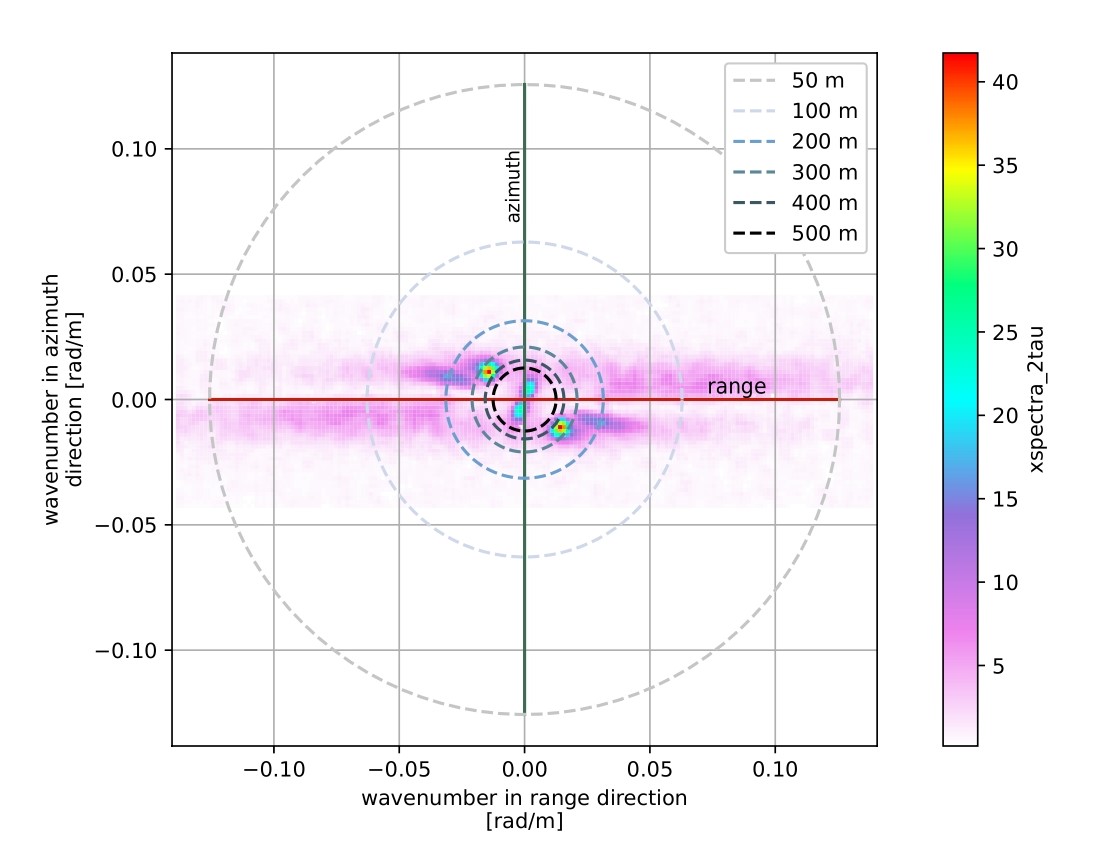
New sea state processor

A new algorithm aims at deriving the directional wave spectrum from Sentinel-1 Interferometric Wide Swath (IWS) TOPS (Terrain Observation with Progressive Scans) to Level-1 SLC products acquired over oceans. In-situ buoys and collocated EO datasets will be used to assess wind and wave inversion quality. Sentinel-1 experimental products are generated through the CREODIAS platform, and datasets are available here.
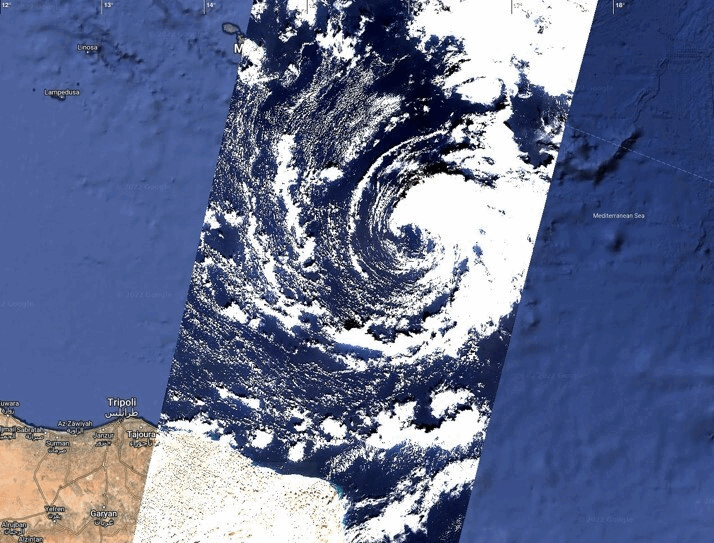
Synergies with optical data

When colocation is available, SAR IW acquisition is analysed jointly with optical Sentinel-2 measurements. In particular, this study shall provide key insights in cloud free areas. Optical measurement allows for independent estimation of sea state parameters and directional ocean wave spectra, providing opportunities for cross-validation, performance analysis, and possible complementary data.
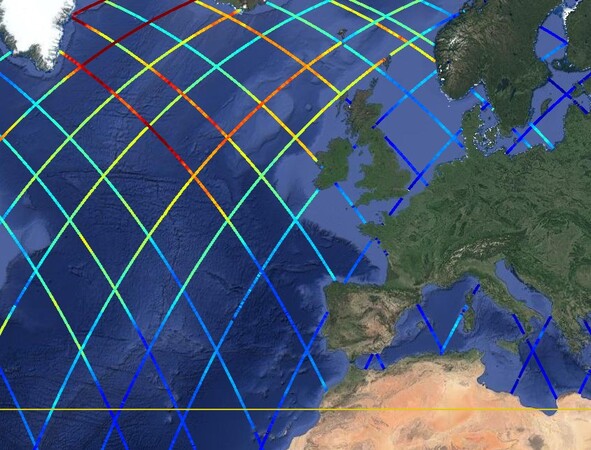
Synergies with altimetry

Altimetry data can improve the understanding of ocean parameters when combined with SAR observations. Thus, Sentinel-1 measurements are analysed jointly with altimeter derived integral parameters (Hs, vertical velocity, etc.). Experimental swell estimates are also being developed from radar altimeters based on Fully-Focussed SAR spectra, as well as synergies with S-1 retrieved swell on collocated passes.
Other specific investigations
The SARWAVE project carries out additional research, examining how Arctic sea waves propagate into sea ice in marginal ice zones. The assimilation of wave information from SAR into coastal wave models is also addressed, as well as multi-sensor studies of Mediterranean cyclones.
Any questions or comments?

